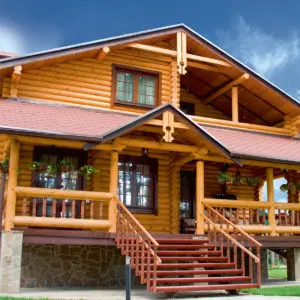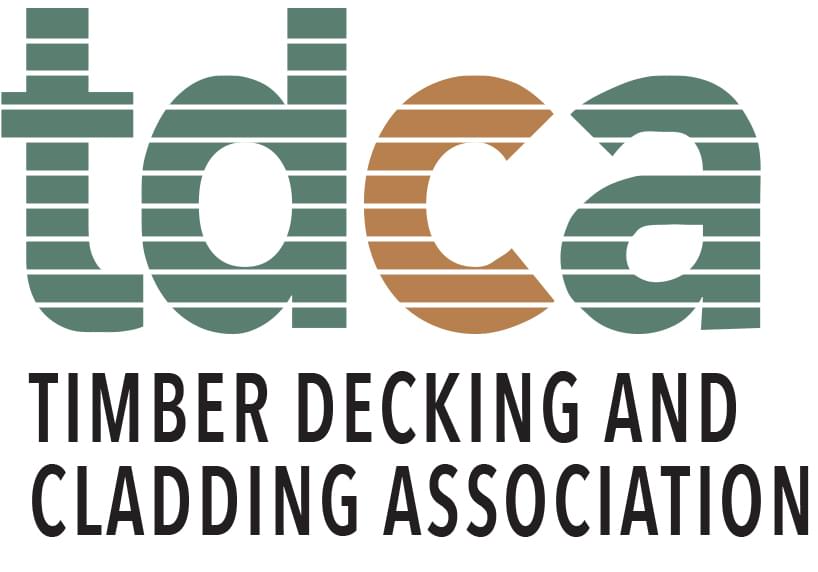Wooden cladding can be a great way to enhance the exterior of a building. However, there are different types of wood cladding and it’s important to make the right choice.
One of the major things to decide upon is which type of wood you want. This will impact both the appearance of the building and the practical properties of the cladding.
Oak
Oak is a very hardwearing wood. In fact its durability and natural resistance to rot and pests mean that it’s sometimes used without being treated. Using a protective treatment such as D1 Pro hardwood oil is still definitely advised in order to avoid damage. This will give an oiled finish, and will prevent the discolouration and staining that oak experiences.
Oak offers a natural, attractive appearance, and though not the cheapest, it’s not the most expensive either. This is partly because it tends to be either grown in the UK or imported from relatively nearby European nations.
Western Red Cedar
This is one of the most popular species for wood cladding. It’s a softwood and is therefore less resistant to physical knocks and scrapes than oak. However, good-quality heartwood is similarly weather resistant, though also shares oak’s tendency to discolour. For this reason, a protective treatment is advisable.
For a natural look we would suggest Textrol wood oil or Aquadecks water-based wood finish. However, Shed & Fence Paint will give a coloured opaque matt finish if you’re looking for a bold statement. It’s a relatively expensive choice of wood, partly because most of the supply is still imported from North America. It’s not suitable for use with non-galvanised, non-stainless steel fittings as the oils in the wood encourage rust.
Douglas Fir
Douglas Fir is a softwood and has a reputation for being another wood that can be used untreated. However, this is only true of certain grades. We would recommend protecting it using a saturating wood oil to prevent damage; this can be costly, or sometimes impossible to repair.
The expected service life of 25-30 years, while respectable, is also less than many other species. Douglas fir is, however, resistant to impact damage, relatively easy to obtain, and less prone to movement than other species. Boards are also available in longer continuous lengths than most other species, as the trees tend to grow tall and straight.
Pine
Pine is a not really a stand-out wood cladding material in any area such as weather-resistance or durability. It is, however, a readily-available and relatively low-cost wood cladding solution. A quality treatment will definitely be necessary to keep your pine in good condition. This will also ensure a decent service life.
Textrol wood oil, Textrol HES single coat finish, or D1 Pro hardwood oil will give powerful, low-maintenance protection with an oiled finish. Shed & Fence Paint will offer similarly robust preservation properties and a choice of less natural but more colourful tones.
We hope you found this post on the different types of wood cladding helpful. If you have any other advice or top tips, please feel free to leave them in the comments below. We love hearing from you!
You can also follow us on Twitter, Facebook, Instagram or Pinterest at @OwatrolUK or find us under the hashtag #OwatrolUK










